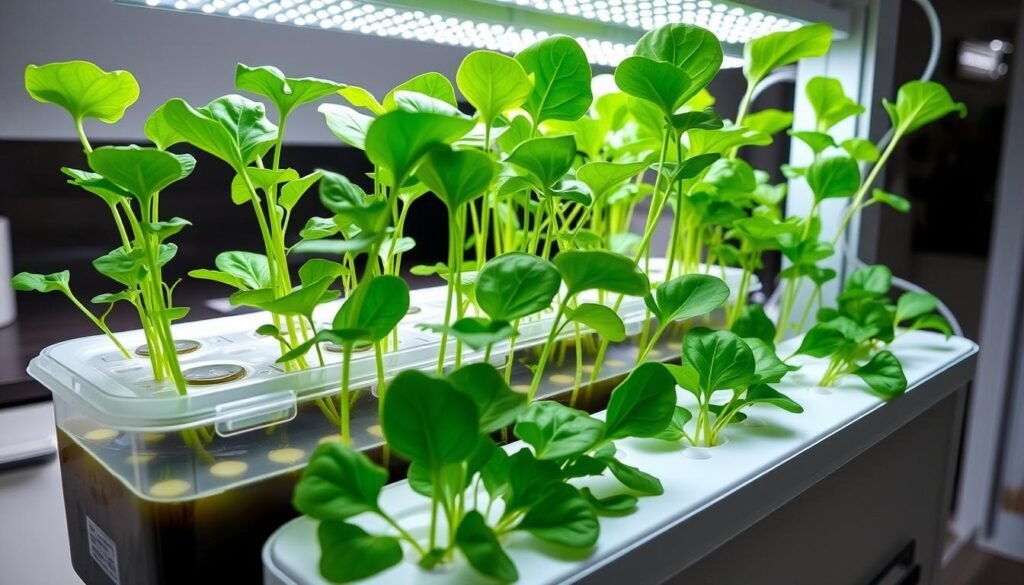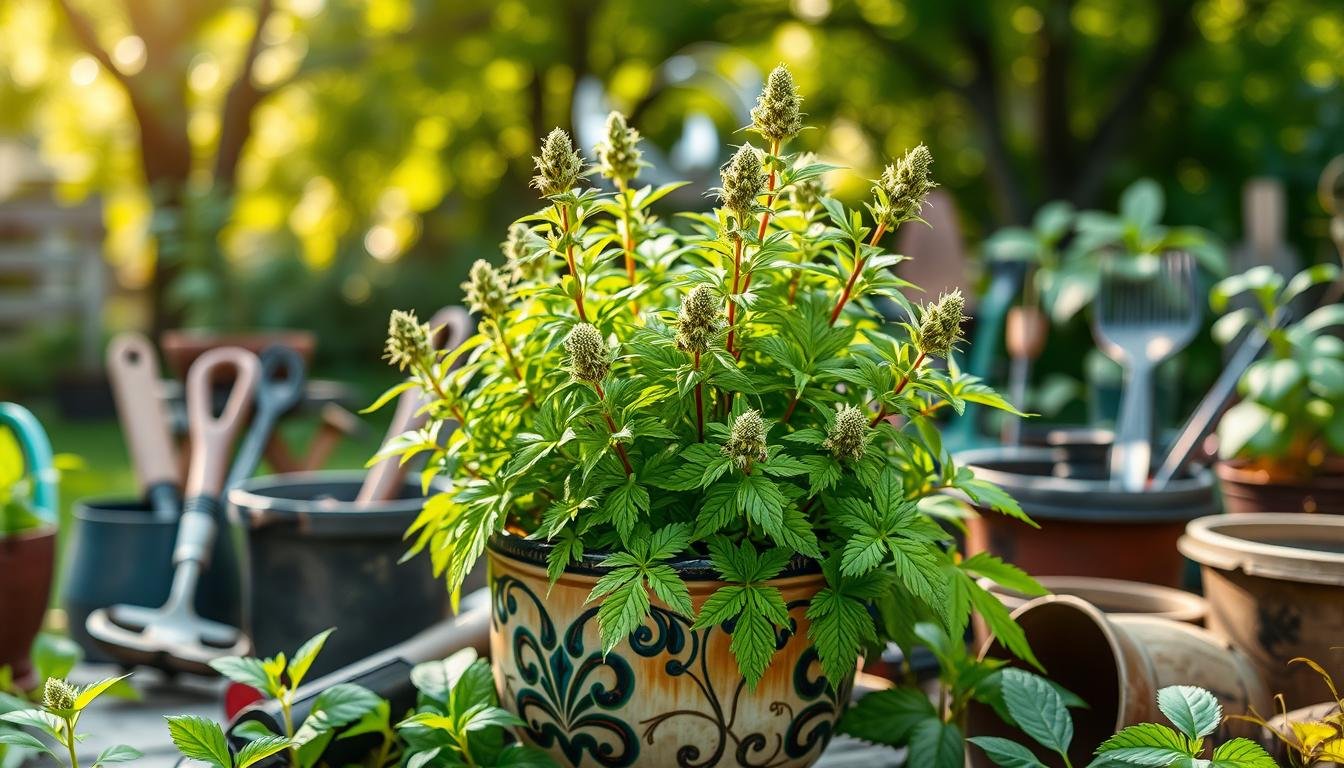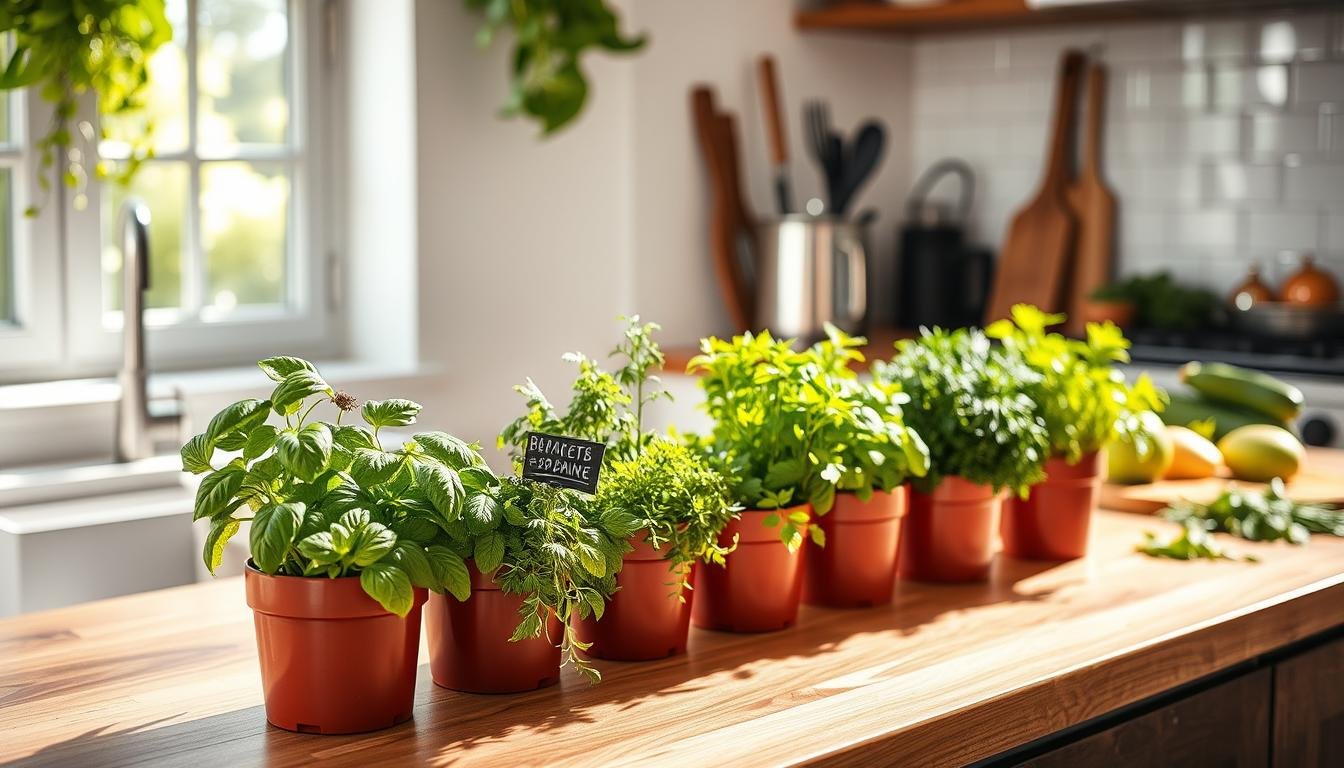Did you know that over 75% of the world eats spinach often? Yet, many don’t realize they can grow it at home without seeds. As people aim to improve their diets and live sustainably, learning to grow spinach without seeds is getting popular. In this guide, we’ll show you methods like using cuttings. This makes growing spinach without seeds easy and rewarding.
We’ll explore cutting-edge techniques like hydroponics and indoor gardening. These methods let even beginners grow plenty of spinach easily. Get ready to turn your home into a lush, green space!
Key Takeaways
- Growing spinach at home without seeds is easier than you think.
- Propagating spinach from cuttings is a successful method for beginners.
- Hydroponics offers a soil-free option for spinach cultivation.
- Indoor farming techniques can help you grow spinach year-round.
- Understanding your tools and common mistakes can enhance your gardening success.
Introduction to Spinach Gardening
Spinach gardening is a great way to get fresh, nutrient-rich leafy greens at home. You can grow spinach both outside and inside. This makes it easy for lots of people to grow their own.
It’s important to know how spinach grows to garden successfully. Spinach loves cooler weather and does well in moist, well-drained soil. By starting spinach from stem cuttings, you can have fresh leaves without needing seeds. This method also works well indoors.
Growing your own spinach is rewarding. It makes your meals more nutritious. Plus, taking care of spinach’s needs can help you have a garden that gives fresh greens all year.
Gardening spinach at home can make you eat healthier. It also helps you feel more connected to your food. With some knowledge and effort, anyone can grow spinach, no matter how much space or experience they have.
Benefits of Growing Spinach at Home
Growing spinach at home brings many benefits of home gardening. You’ll love how much better fresh organic spinach tastes compared to what you buy at the store. When you grow it yourself, you get to pick it when it’s perfectly ripe. This means it will have the best flavor and the most nutrients.
Another great thing about growing your own spinach is the health benefits of spinach. It’s full of vitamins A, C, and K. It also has minerals like iron and calcium. Eating spinach can help your health in many ways. It’s good for strong bones and keeping your eyes healthy.
By growing spinach yourself, you control how it’s grown. You can avoid using harmful pesticides. This makes your fresh organic spinach safer to eat. Growing your own spinach can also help you save money on groceries. As organic produce becomes more popular, growing spinach at home is a great choice for those who care about the environment.
| Benefits | Description |
|---|---|
| Superior Taste | Home-grown spinach offers superior flavor compared to store-bought options. |
| Nutritional Value | Full of vitamins and minerals, promoting better health. |
| No Pesticides | Allows for safe eating free from harmful chemicals. |
| Cost Savings | Growing at home can result in significant savings on grocery expenses. |
| Sustainable Living | Encourages eco-friendly practices and reduces carbon footprint. |
How to Grow Spinach at Home Without Seeds
Starting your spinach garden can be exciting. Growing spinach without seeds may seem odd but it’s possible. Knowing how to do it can boost your gardening success. This section talks about important things like soil needs and best conditions for spinach.
Understanding the Basics
Growing spinach from cuttings or in a hydroponic system is interesting. Both ways have their own soil, light, and temperature requirements. Usually, spinach cuttings prefer nutrient-rich, well-drained soil. Hydroponics uses a nutrient solution, letting plants get what they need from water.
Choosing the Right Method
Your living situation and resources affect which method you choose for growing spinach. Keep these points in mind:
- Space: Check your available gardening space. Small pots are good for balconies, but garden beds need more space.
- Maintenance: Hydroponics might need more setup but can be easier later on, while soil gardening often requires frequent watering and care.
- Environment: Think about light access; spinach does well in both partial shade and full sunlight.
By considering these points, you can find the best way to grow spinach at home without seeds.
| Method | Soil Requirement | Light Exposure | Temperature Range |
|---|---|---|---|
| Cuttings | Well-drained, nutrient-rich soil | Partial shade to full sunlight | 50°F to 75°F |
| Hydroponics | Nutrient solution instead of soil | Full sunlight | 60°F to 70°F |
Growing Spinach from Cuttings
Growing spinach from cuttings is a unique way for gardeners to increase their vegetables. It can produce healthy plants if done right. It’s important to know what you need and the right steps for success.
What You Need for Successful Cuttings
First, get these items ready:
- Sharp scissors or pruning shears
- Clean container with potting mix
- Water to soak cuttings
- Plastic bag or humidity dome for moisture
Having these things will help you start off strong.
Step-by-Step Process for Taking Cuttings
Here’s how to start your cuttings right:
- Pick a strong, disease-free spinach plant for the stem.
- With sharp scissors, cut a 4-6 inch piece below a leaf node.
- Strip the lower leaves, leaving some at the top.
- Soak the cut end in water for a few hours.
- Then, plant it in the potting mix, about an inch deep.
- Use a plastic bag or dome to keep it moist.
- Keep it in a bright spot without direct sunlight till roots grow.
These steps help prepare and grow your spinach cuttings. Stick to them for the best chance of success.

Spinach Propagation Methods Explained
There are several ways to grow spinach, each with its own advantages. Traditional seed planting is common. But, there are alternatives for those who don’t want to use seeds. We will look into these methods, compare them, and see what makes each special.
Overview of Common Methods
Here are the most-used ways to grow spinach:
- Seed Planting: The classic method that requires minimal equipment.
- Cuttings: A straightforward technique that allows for faster plant generation.
- Hydroponics: An innovative approach that uses nutrient-rich water for quicker growth and more produce.
Comparison of Techniques
We’ll compare different methods to help you pick the best one for your garden. This comparison looks at how easy they are, what they need, and the amount of spinach they can produce:
| Method | Ease of Use | Resource Requirements | Yield Potential |
|---|---|---|---|
| Seed Planting | Moderate | Seeds, soil, water | Medium |
| Cuttings | Easy | Healthy spinach plant, water | High |
| Hydroponics | Advanced | Nutrient solution, equipment | Very High |
Growing Spinach Hydroponically
Growing spinach hydroponically is a fresh way to enjoy this healthy leaf. It avoids the hassle of soil gardening. This method makes plants grow faster, healthier, and increase yields. It’s great for both beginners and expert gardeners, allowing anyone to grow spinach easily.
Benefits of Hydroponic Gardening
Hydroponic gardening has several key benefits:
- Faster Growth: Spinach grows quickly in a water solution full of nutrients. This means you can harvest it sooner.
- Space Efficiency: You can set up hydroponic systems in small spaces. It’s perfect for city living or tiny yards.
- Environmental Control: You can manage everything the plants need. This includes water pH, nutrient levels, and temperature, to grow well.
- Pest and Disease Reduction: Using less soil lowers the chance of pests and diseases.
Setting Up Your Hydroponic System
Starting a hydroponic system for spinach involves a few steps:
- Choose Your System: Pick from systems like Nutrient Film Technique (NFT) or Deep Water Culture (DWC). Decide based on your space and budget.
- Ensure Water Quality: Use clean water. Check and adjust the pH to 5.5 to 6.5 for the best spinach growth.
- Select Nutrient Solutions: Get a good nutrient solution for leafy greens. It gives plants the minerals they need to be healthy.
- Monitor Conditions: Watch the temperature and humidity around your plants. Spinach grows best at 60 to 70°F.

Spinach Indoor Farming Without Seeds
Starting to farm spinach indoors without seeds means choosing a good indoor spot. It involves managing light, temperature, and nutrients well. These tips help grow healthy spinach indoors for a great yield.
Choosing the Right Indoor Environment
First, pick where you’ll grow your indoor spinach. Choose a place with a lot of indirect sunlight. Or use quality LED grow lights if there’s not much natural light. Spinach does best in cool places, between 60°F to 75°F. Keeping the temperature steady is key for healthy plants and avoiding bolting.
Light and Nutrient Requirements
Good lighting is vital for indoor spinach. LED grow lights work great, providing the right growth spectrum. Make sure the lights evenly cover all the plants.
- Light Duration: Aim for 12 to 16 hours of light each day.
- Soil Nutrition: Use nutrient-rich soil or hydroponic systems that provide essential vitamins and minerals for healthy growth.
- Watering: Keep soil consistently moist but not waterlogged, as excessive moisture can lead to root rot.
By sticking to these tips, you can grow spinach indoors without seeds successfully. Paying attention to these details will help you enjoy plenty of harvests at home.
Spinach Cultivation Techniques for Beginners
Starting to grow spinach can be fun but tough. You can make your gardening smoother by using some smart techniques that don’t involve seeds. The right tools and knowing what to do can greatly increase your chances of success. Here’s what you need and what mistakes to avoid on your gardening journey.
Essential Tools and Materials
Having the right tools is key for good spinach gardening. Here’s a list of must-haves to improve your gardening work:
- Trowel for planting and moving soil
- Watering can for keeping plants hydrated
- pH meter to check soil acidity
- Garden gloves to keep your hands safe
- Seed trays or pots for starting spinach without seeds
Common Mistakes to Avoid
Many beginners make some usual errors. Knowing these can help you grow better spinach:
- Over-watering: Too much water can hurt the roots. It’s important to water just enough.
- Insufficient light: Spinach needs a lot of sunlight. Make sure they’re in a sunny spot.
- Neglecting soil quality: Always check the soil’s pH and fix it for the best spinach growth.
Understanding Spinach Plant Division
Dividing spinach plants helps them grow better and produce more. This method works great when spinach gets fully grown. It’s a chance to make them better and more productive. Learning the right time and way to divide spinach can really boost your garden’s yield.
When to Divide Your Spinach Plants
The right timing is crucial for dividing spinach. Do it after the plants are grown but before they flower. This is usually when they’re about six to eight weeks old. At this stage, they’re strong enough for division and can still grow more.
How to Successfully Divide Spinach Plants
To divide your spinach, first take the whole plant out of the ground carefully. Try not to harm the roots. Then, either with your hands or a clean tool, split the roots into sections. Plant these sections in new soil with enough room between them. Water them well and make sure they have what they need to thrive. Doing this will make your current plants healthier and increase your garden’s output.



